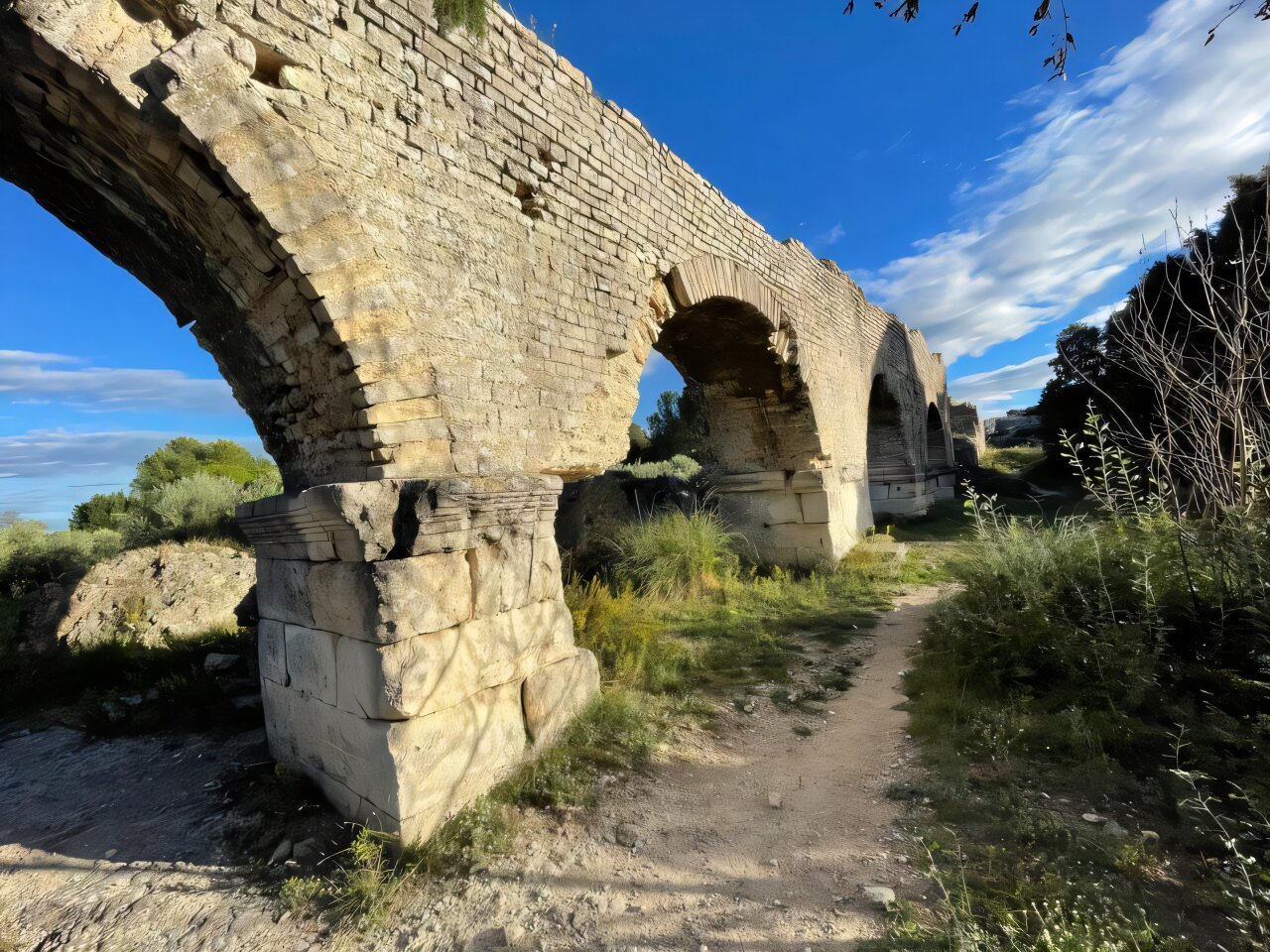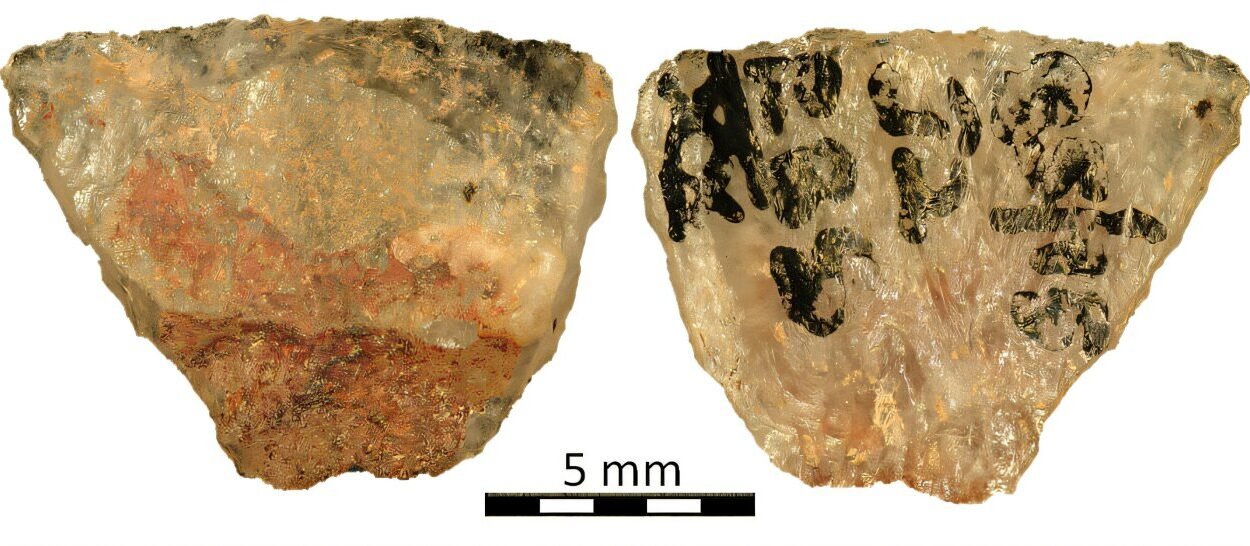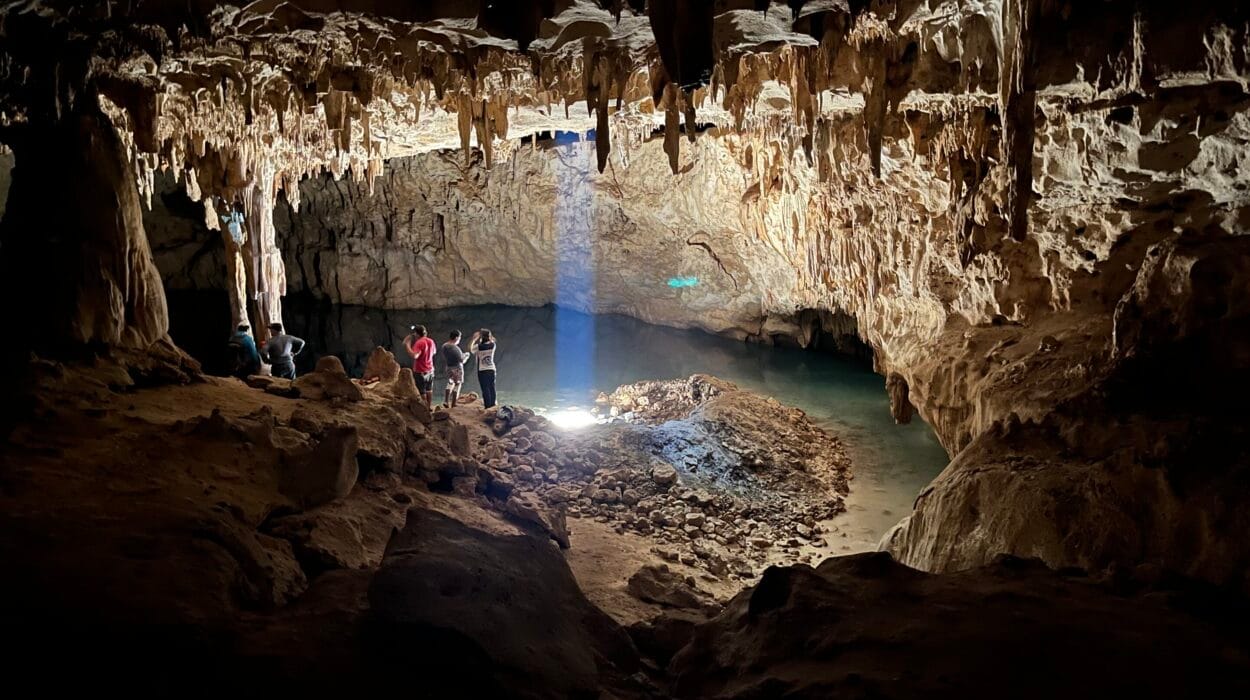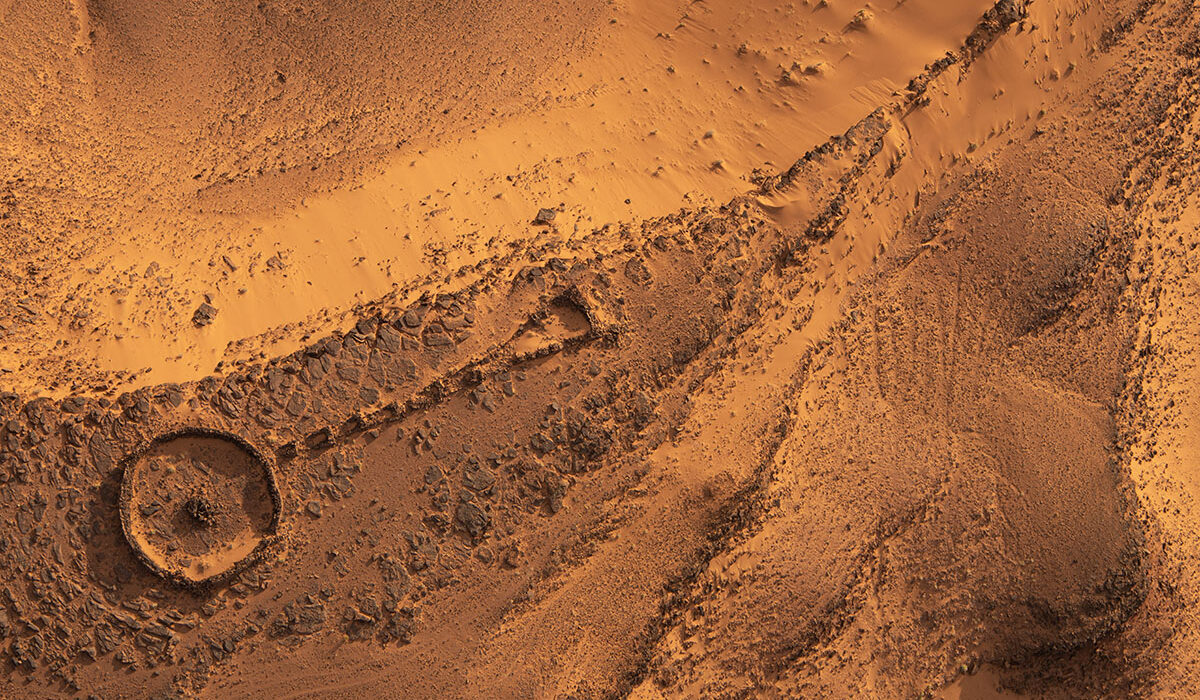In the heart of Provence, beneath centuries of history, a silent archive has been patiently waiting to tell its story—layer by layer, drip by drip. It’s not written in Latin or carved into marble. Instead, this story is told by limescale.
In a remarkable breakthrough, a team of researchers from Johannes Gutenberg University Mainz (JGU), the University of Oxford, and the University of Innsbruck has decoded the ancient engineering history of Arles’ Roman aqueduct system using thick, crusted deposits of carbonate—the same kind of mineral buildup that clogs your showerhead but, in this case, formed across centuries inside stone channels, lead pipes, and even the roof of a centuries-old bathhouse.
Their findings, published June 28, 2025, in Geoarchaeology, reveal not just a snapshot of Roman water infrastructure but an unfolding narrative of adaptation, innovation, and resilience—an ancient tale with surprisingly modern implications.
A Watery Labyrinth Beneath Arles
The southern French city of Arles is rich in Roman heritage. From its arenas to amphitheaters, the city wears its ancient history proudly. Yet, beneath this well-known grandeur lay a hidden, puzzling system of aqueducts, basins, and pipelines that archaeologists had long struggled to fully understand.
For decades, fragments of stonework and lead piping raised tantalizing questions. Why were there multiple aqueducts from opposite sides of the Alpilles hills? Which parts of the city did each serve? And how long did they operate?
Thanks to what geoscientist Dr. Gül Sürmelihindi and her team call “aqueduct carbonate archives,” we now have answers.
“This study clearly shows how a Roman aqueduct worked over several centuries and was transformed at different times by the Romans,” said Sürmelihindi. “It is one of the clearest examples of a sustainable water management system from antiquity.”
Limescale, the Unlikely Time Capsule
Aqueduct carbonates—formed when mineral-rich water flows through channels and slowly leaves behind calcite—are more than just crust. These layers, like tree rings, preserve the history of water flow. Minute variations in oxygen and carbon isotopes can reveal climate patterns, changes in source water, and even shifts in construction or maintenance practices.
In Arles, these deposits were found not only inside aqueducts and pipes but also reused as building material. Chunks of ancient limescale—literally chipped off during renovations—were discovered embedded in the collapsed ceiling of the city’s Baths of Constantine.
To most archaeologists, these fragments might seem incidental. But to Sürmelihindi and her colleagues, they were like torn pages of a manuscript, just waiting to be read.
“Without the aqueduct carbonate archives, it would be impossible to reconstruct these relationships,” said co-author Prof. Dr. Cees Passchier. “They offer us a unique window into how water moved through the city—and how Roman engineers thought about longevity and adaptation.”
A Tale of Two Aqueducts
The story begins in 3 BCE, when engineers constructed the original aqueduct from the southern flank of the Alpilles. This channel fed Arles with fresh mountain water, traversing rugged terrain to reach the city. But a century later, a second aqueduct from the northern side of the same hills was built.
Crucially, this new northern stream wasn’t an isolated addition. It connected to the same header basin—an ingenious sedimentation pool used to settle out debris. From that point forward, the northern and southern aqueducts worked together.
And yet, the Romans didn’t stop there.
The researchers confirmed that once the northern aqueduct began feeding the city, the southern aqueduct was cleverly repurposed. Its water was redirected to power the colossal water mill complex at Barbegal—considered one of the greatest industrial installations of the ancient world, with sixteen water wheels churning grain into flour.
This shift didn’t happen overnight. But the limescale doesn’t lie. Its isotopic layers clearly show the handover of function—when one aqueduct’s purpose shifted from public service to industrial powerhouse.
A Bathhouse Mystery Solved
One of the team’s most remarkable discoveries solved a long-standing mystery: Where did the Baths of Constantine, a luxurious bath complex built in the early 4th century AD, get their water?
For centuries, the answer had eluded historians. But when researchers analyzed carbonates embedded in the bath’s collapsed ceiling, they found they matched the chemical signatures of the northern aqueduct. This wasn’t just a clue—it was a smoking gun.
Apparently, during the bath’s construction under Emperor Constantine, engineers renovated the aqueduct, cleaned it, and recycled the removed carbonate as aggregate in the roof’s mortar. In that single act of Roman resourcefulness, they unknowingly left a time-stamped signature that would survive nearly 1,700 years.

A River, a Puzzle, and a Pipe
Another ancient enigma involved a set of massive lead pipes discovered in the 19th century, running across the Rhône River. Scholars debated their purpose: did they bring water into the city or send it out?
Using isotopic analysis, the team found that these pipes contained carbonate deposits identical to those from both the northern and southern aqueducts—confirming they were part of an inverted siphon that fed the Trinquetaille quarter, located across the river.
Roman engineers, it turns out, not only mastered gravity-fed systems but also understood how to push water uphill, using pressure to create one of the most advanced water networks of the ancient world.
What the Romans Can Still Teach Us
For all its ancient complexity, the Arles aqueduct system is more than a technical marvel—it’s a lesson in sustainability. This was a water system designed not just to last decades, but centuries. It was built to adapt, expand, and recycle.
“In Arles, the water system shows how the Romans invested in infrastructure that could evolve,” said Sürmelihindi. “They understood that cities grow and needs change. They didn’t tear down and start over—they reused, rechanneled, and repurposed.”
Today, as cities around the world face water shortages, aging infrastructure, and the challenges of climate change, the lessons of ancient Arles feel newly urgent. Our ancestors didn’t have the tools we have, but they had vision, foresight, and an uncanny understanding of systems thinking.
The great Roman aqueducts weren’t just bridges of stone—they were bridges of time. Thanks to a thin, crusty layer of calcium carbonate, their story still flows.
Reference: Gül Sürmelihindi et al, The Roman Water Management of Arles as Read in Aqueduct Carbonate Archives, Geoarchaeology (2025). DOI: 10.1002/gea.70020





